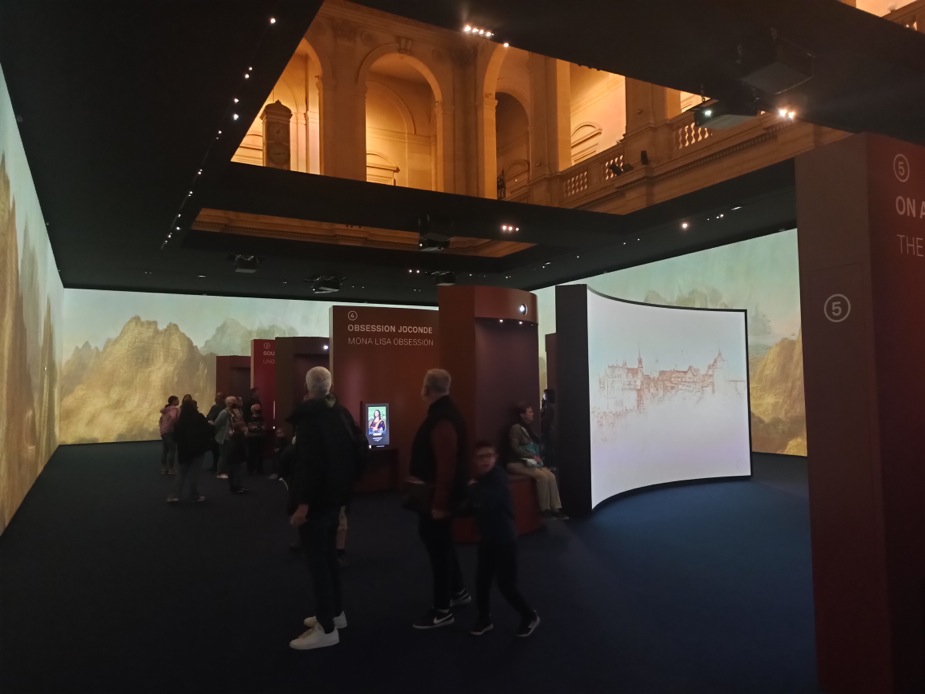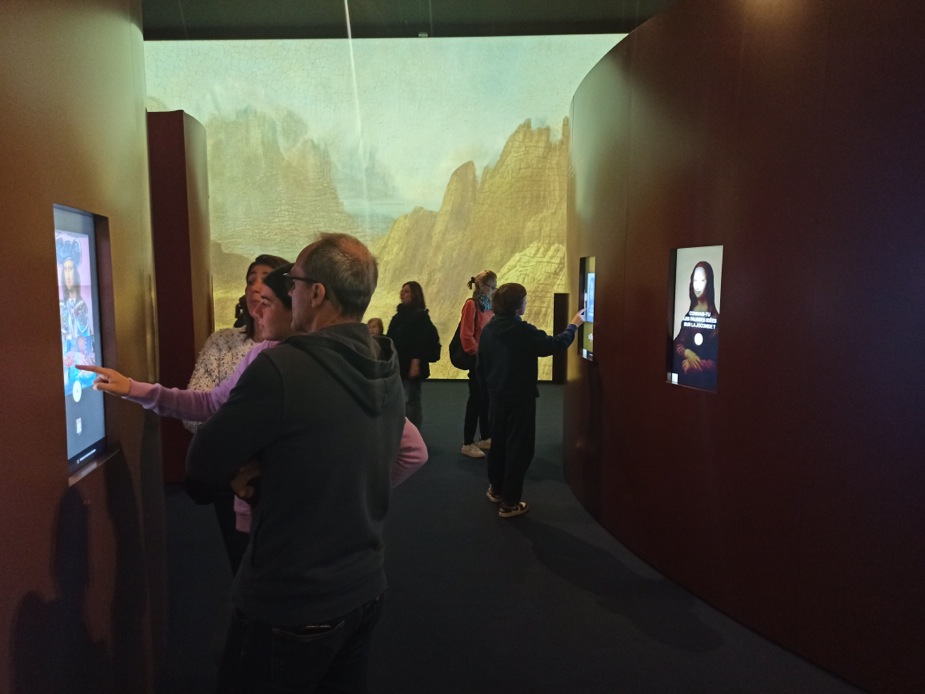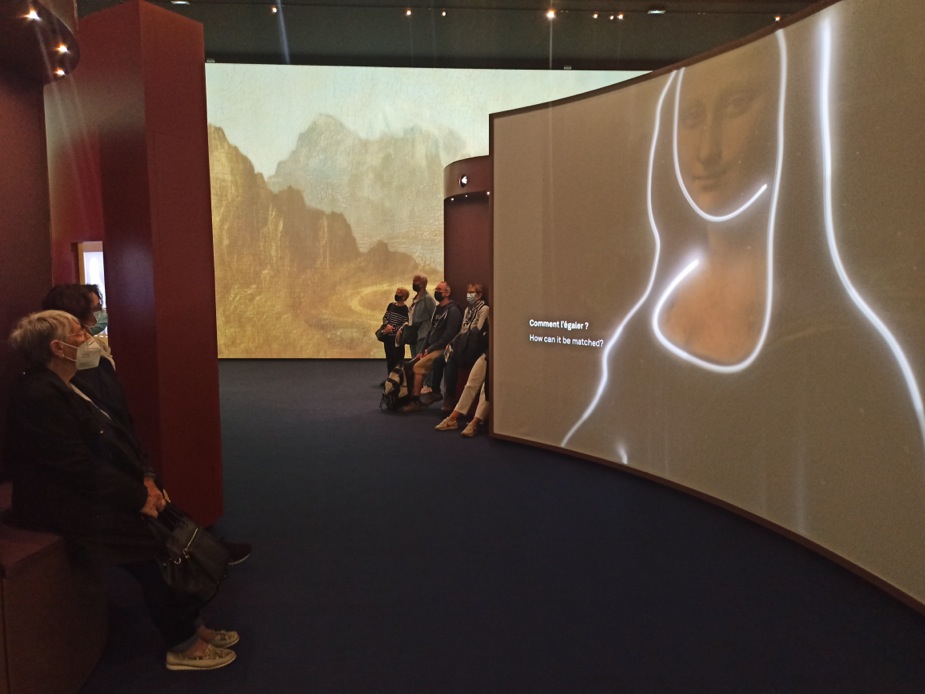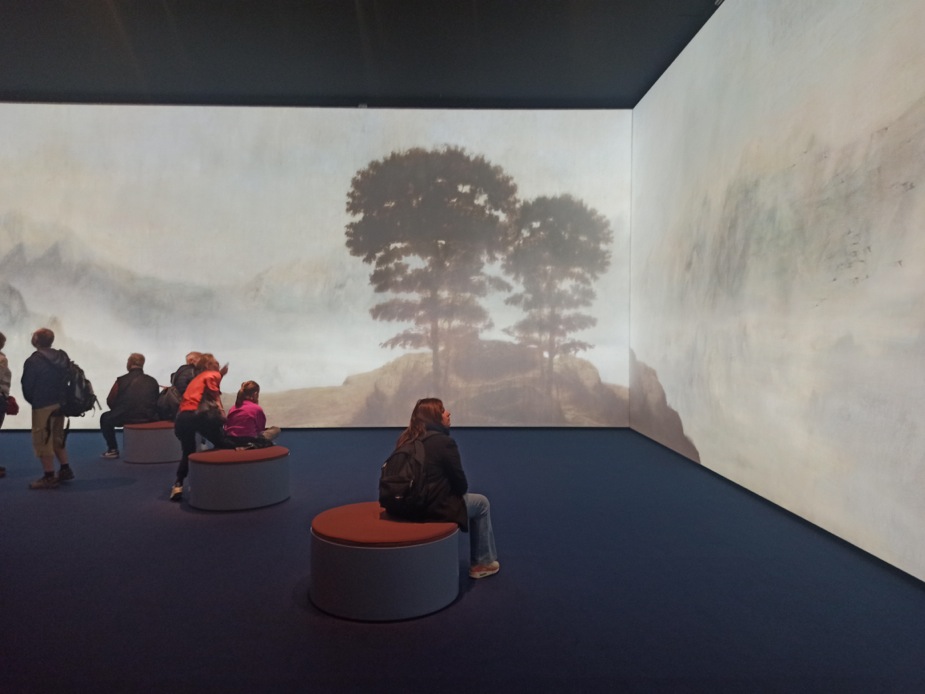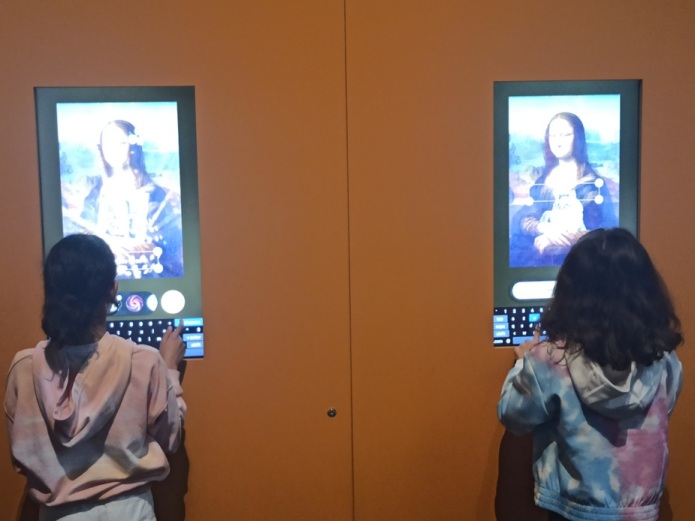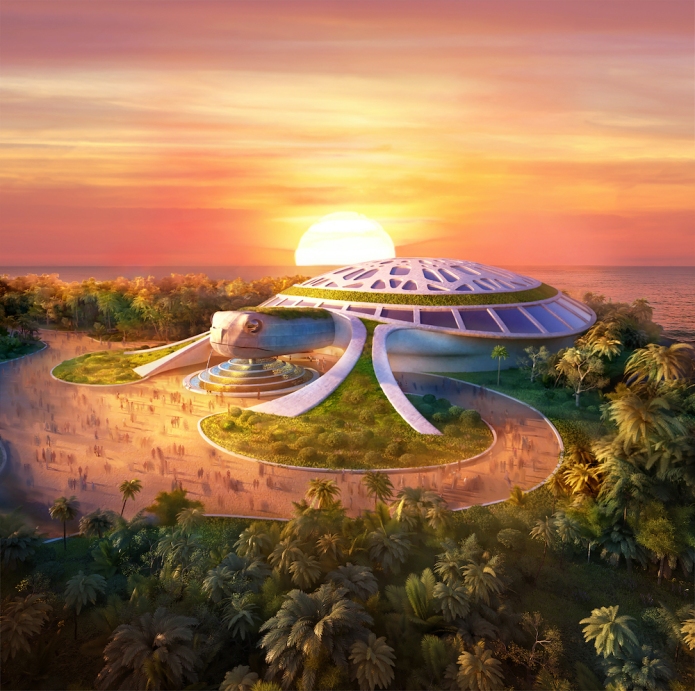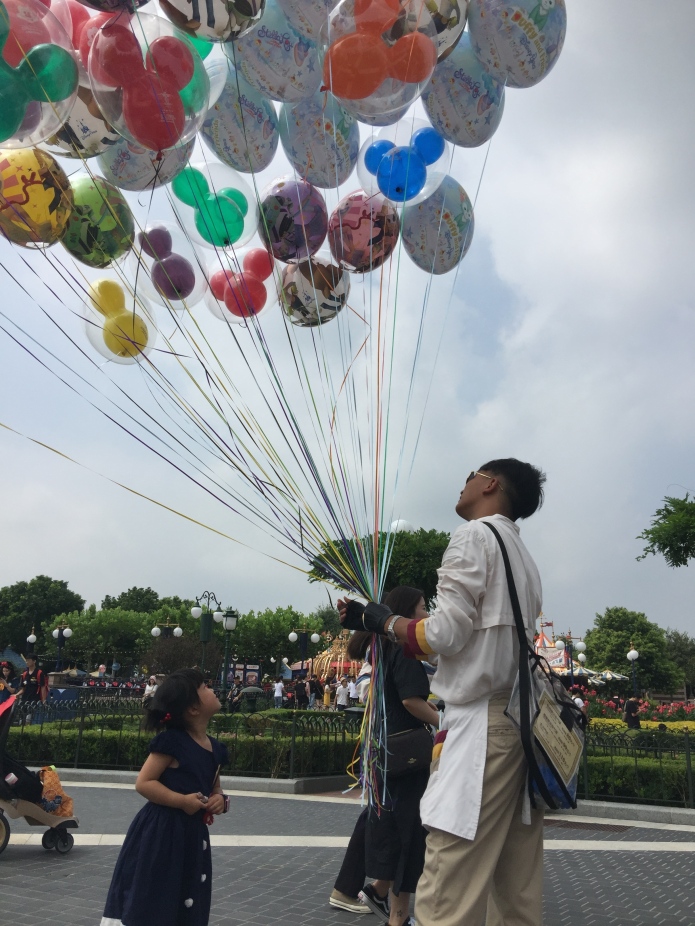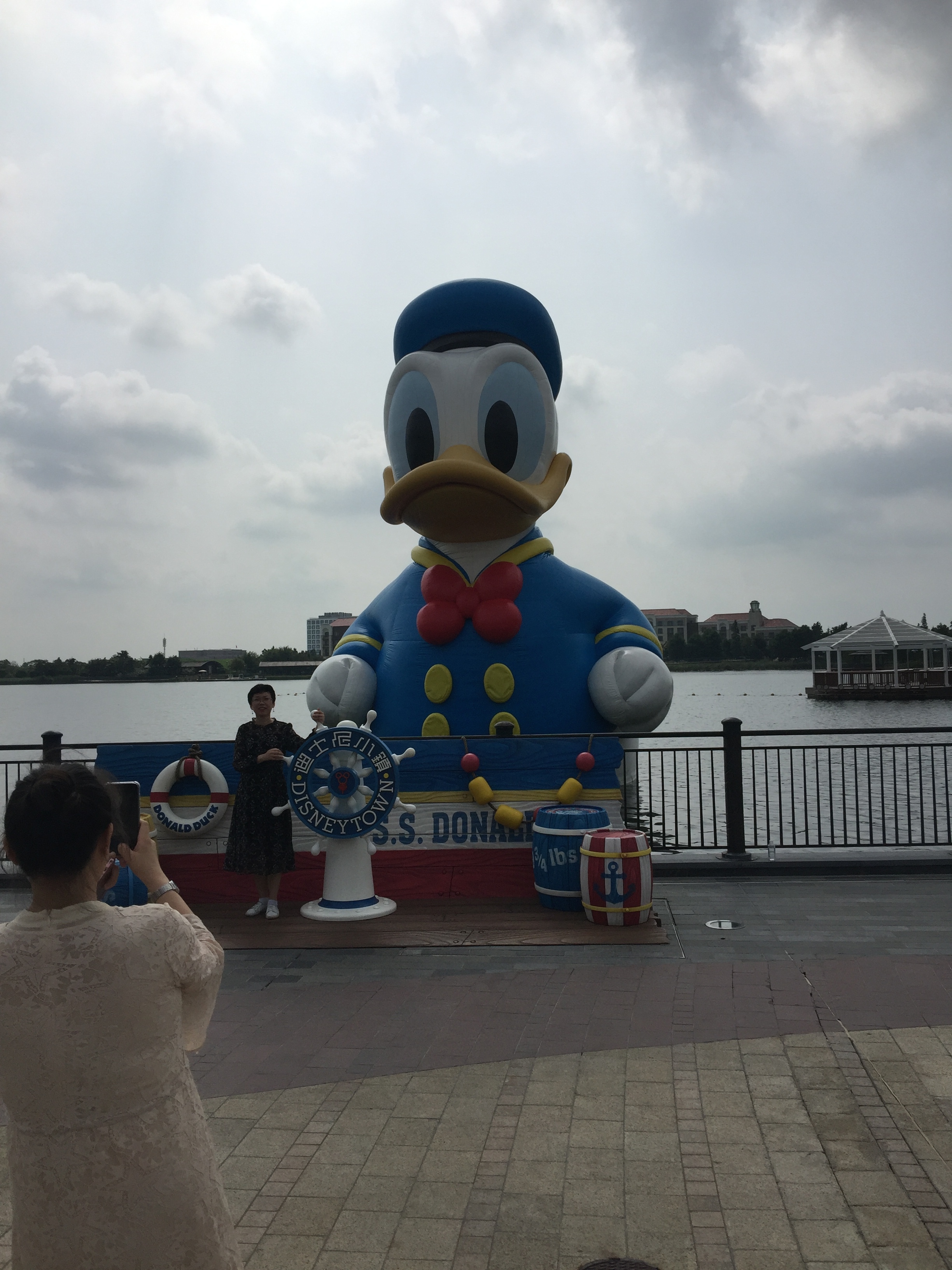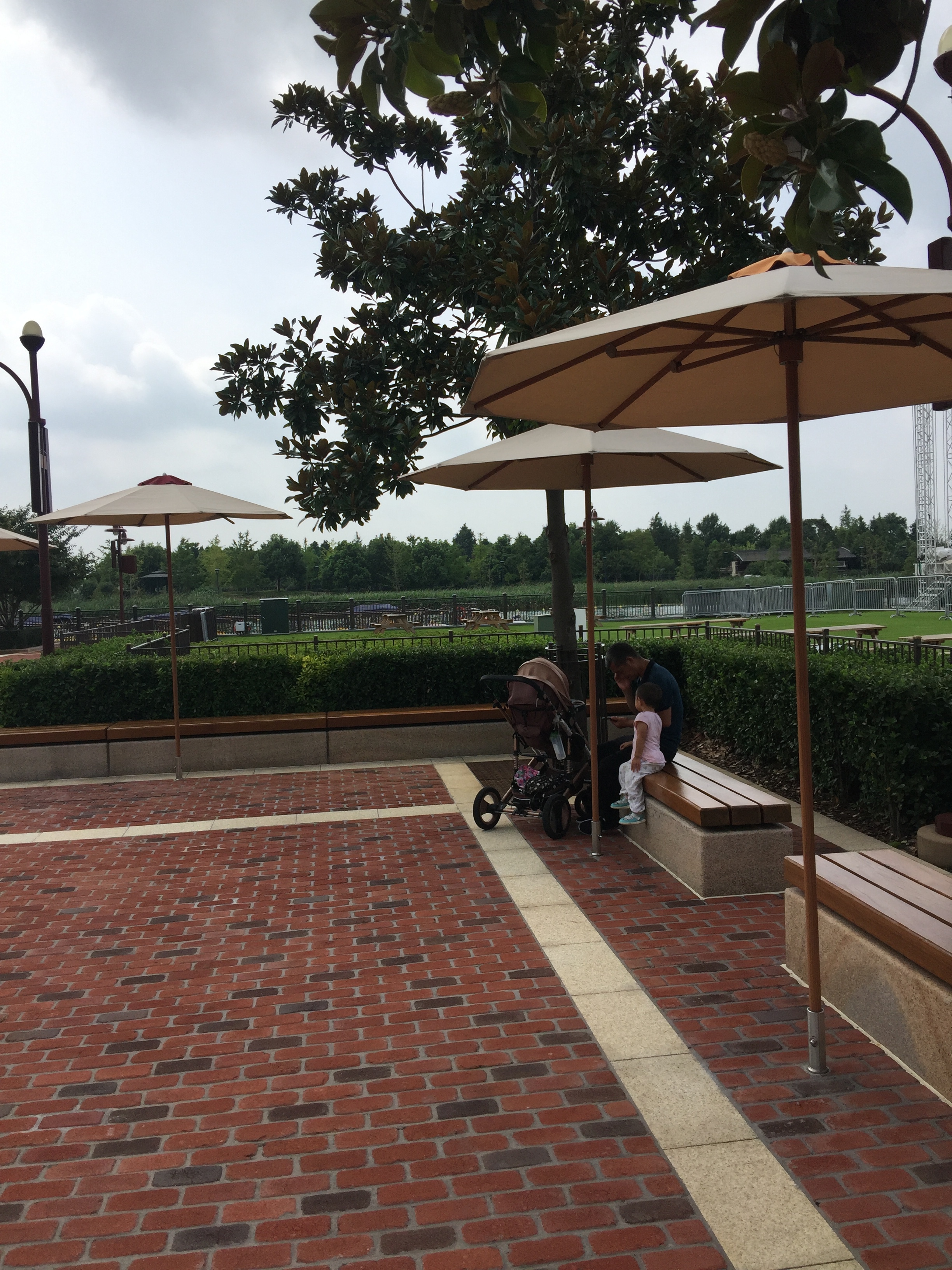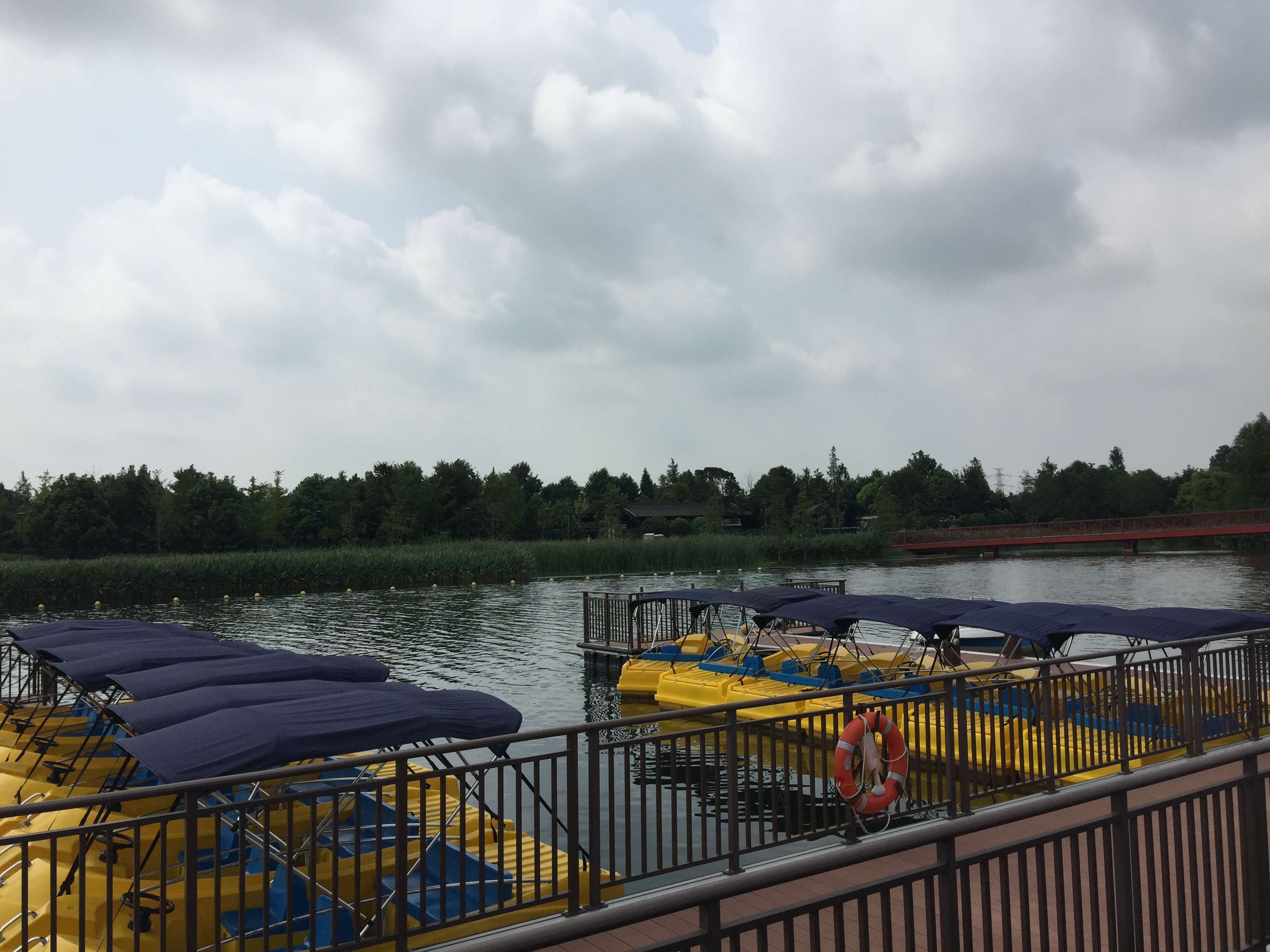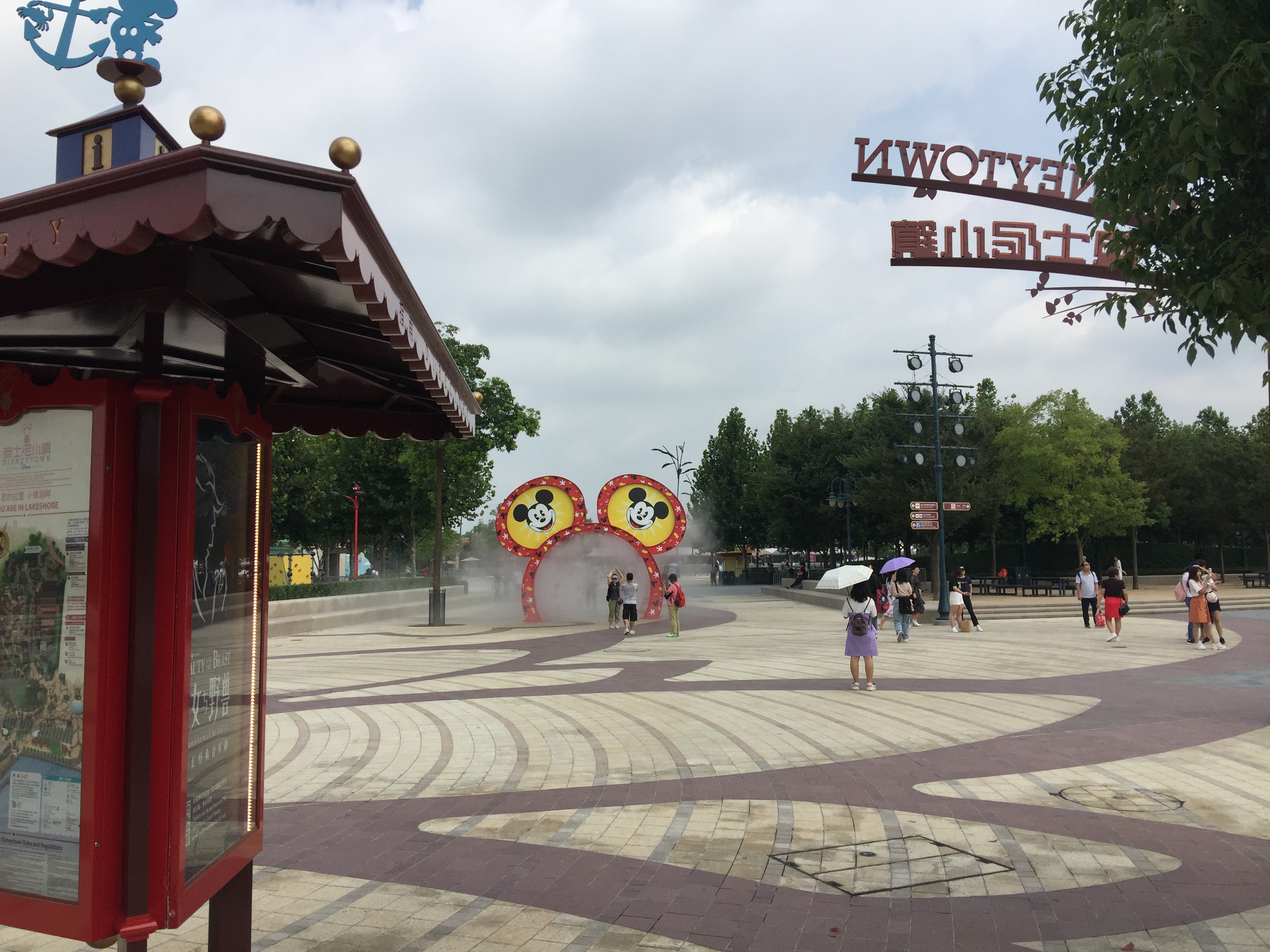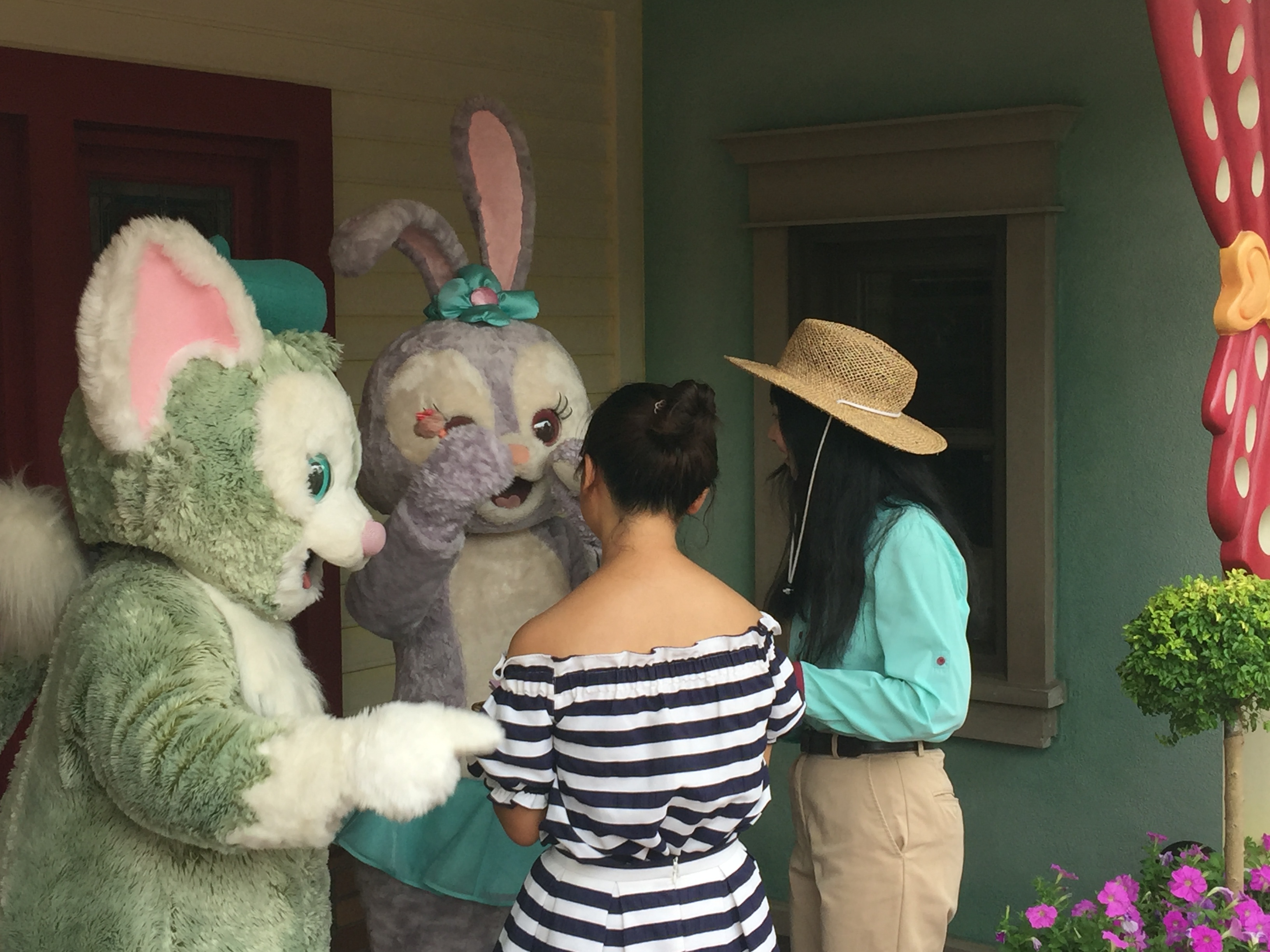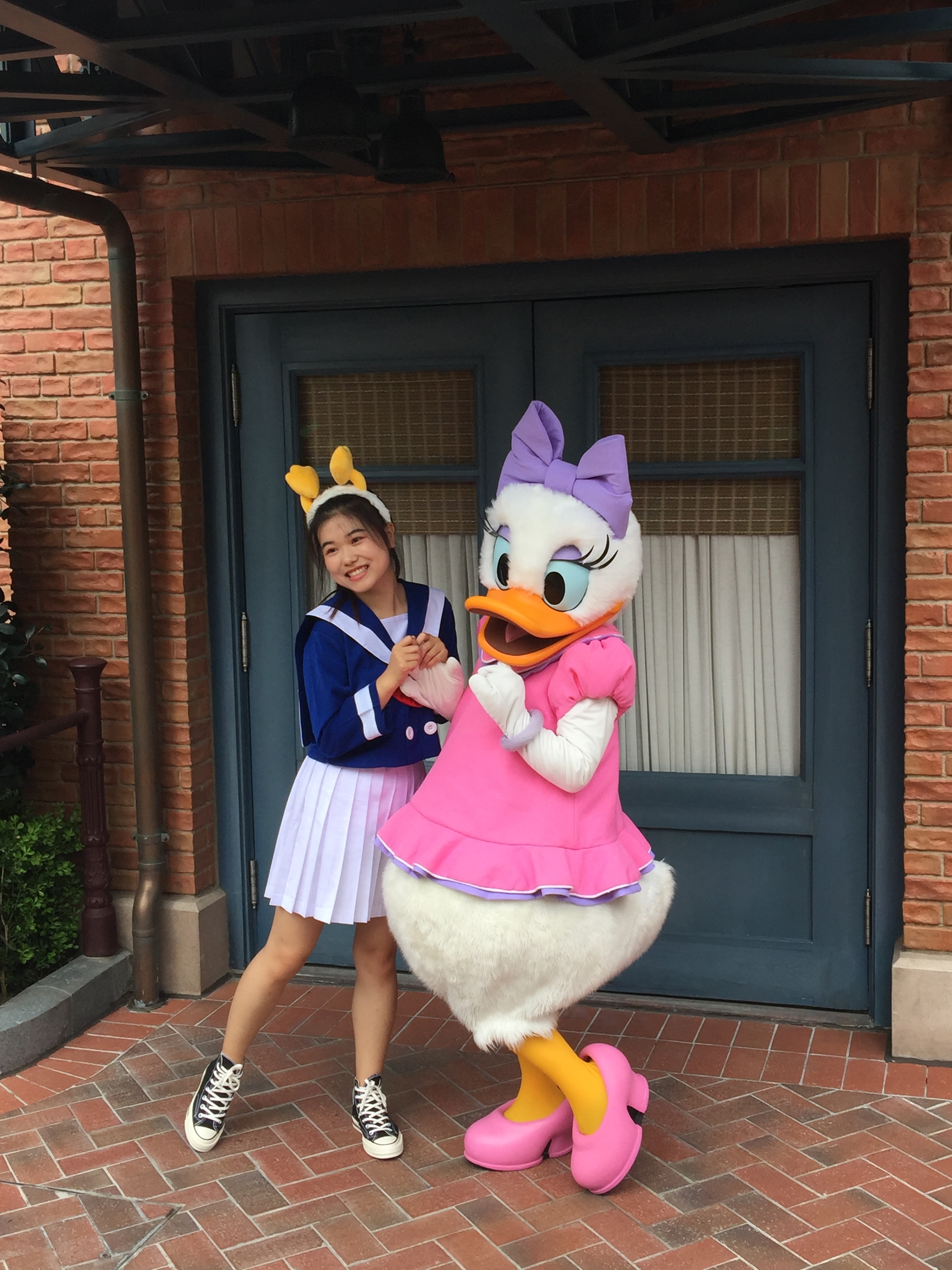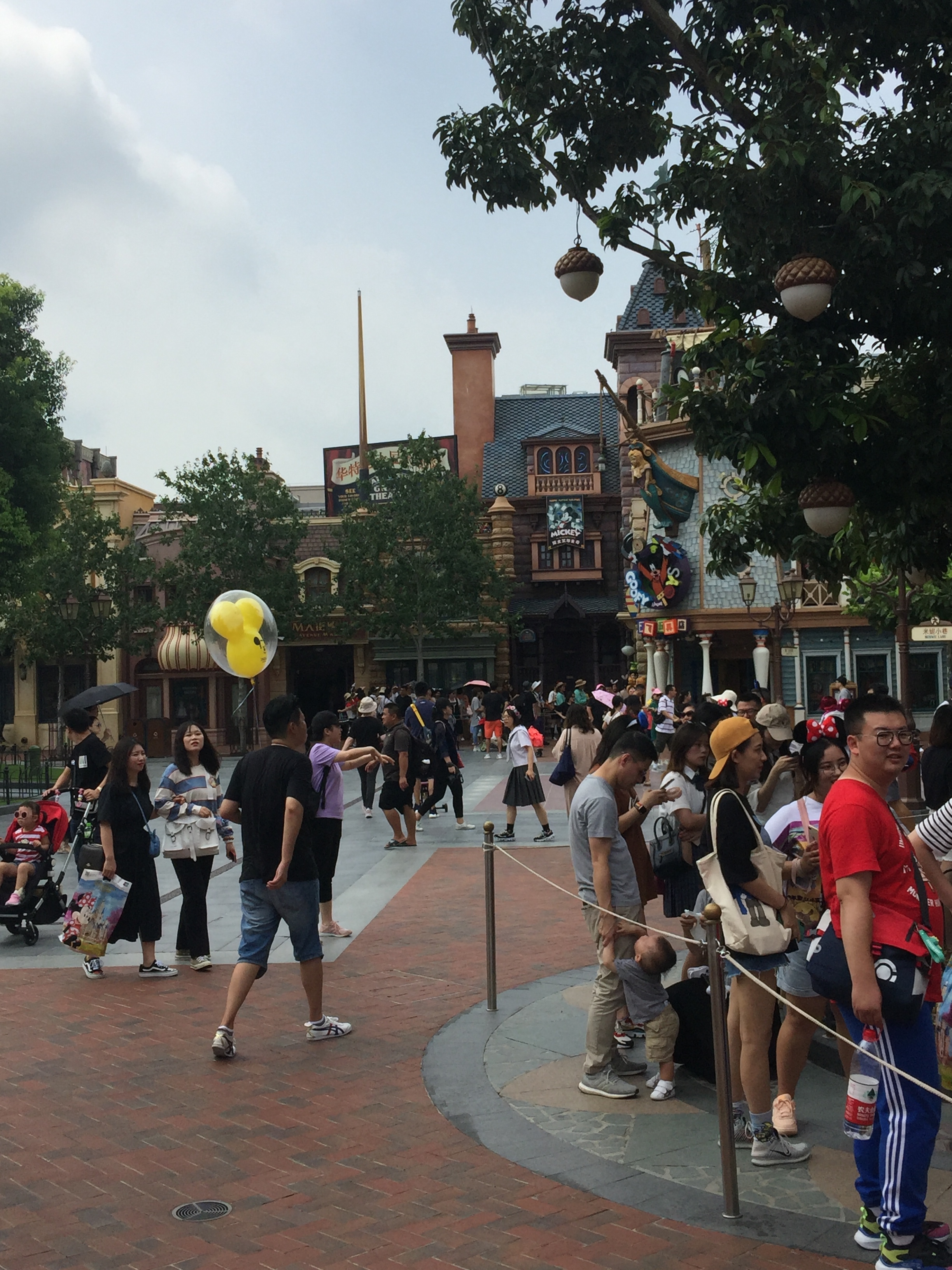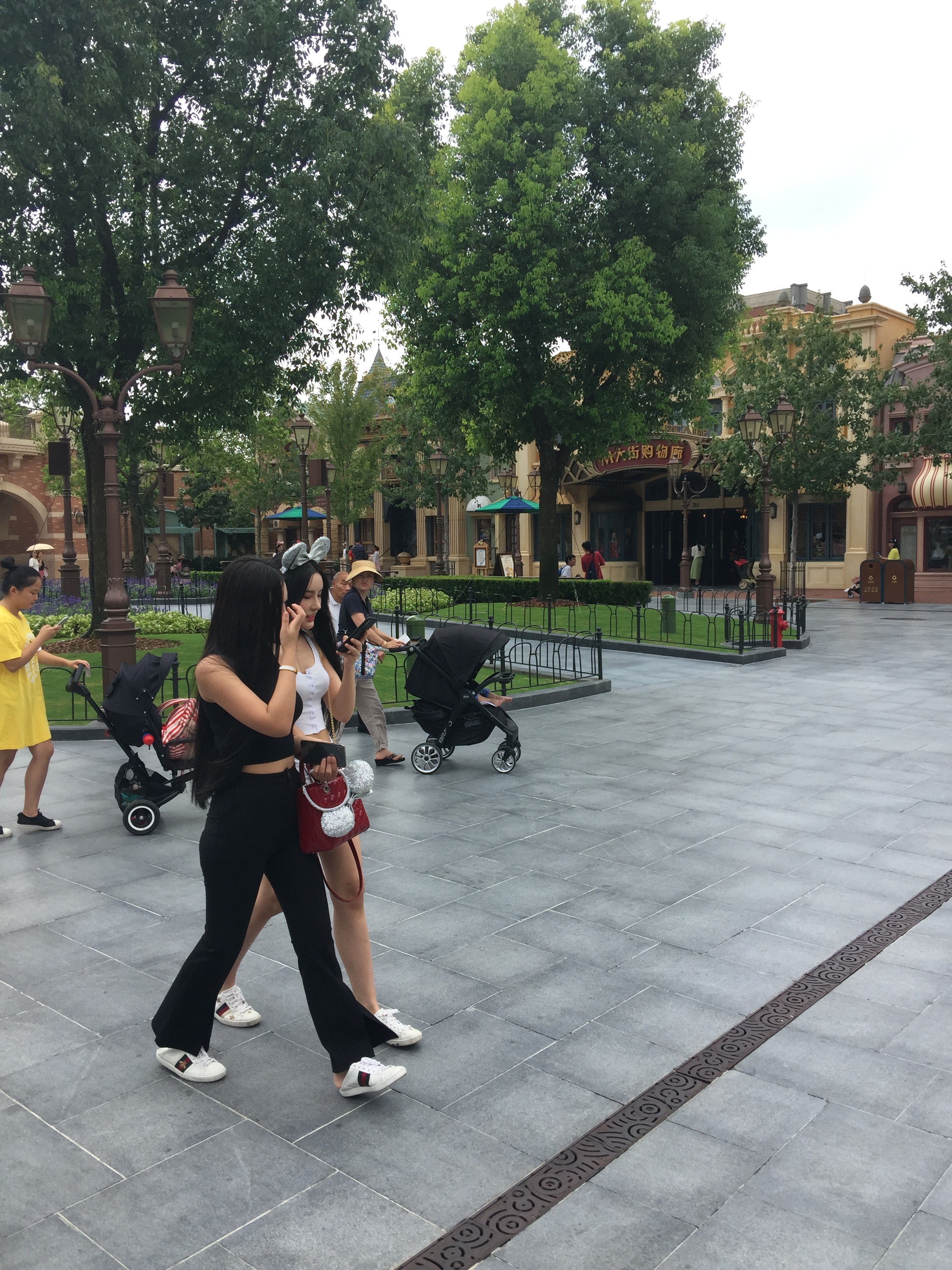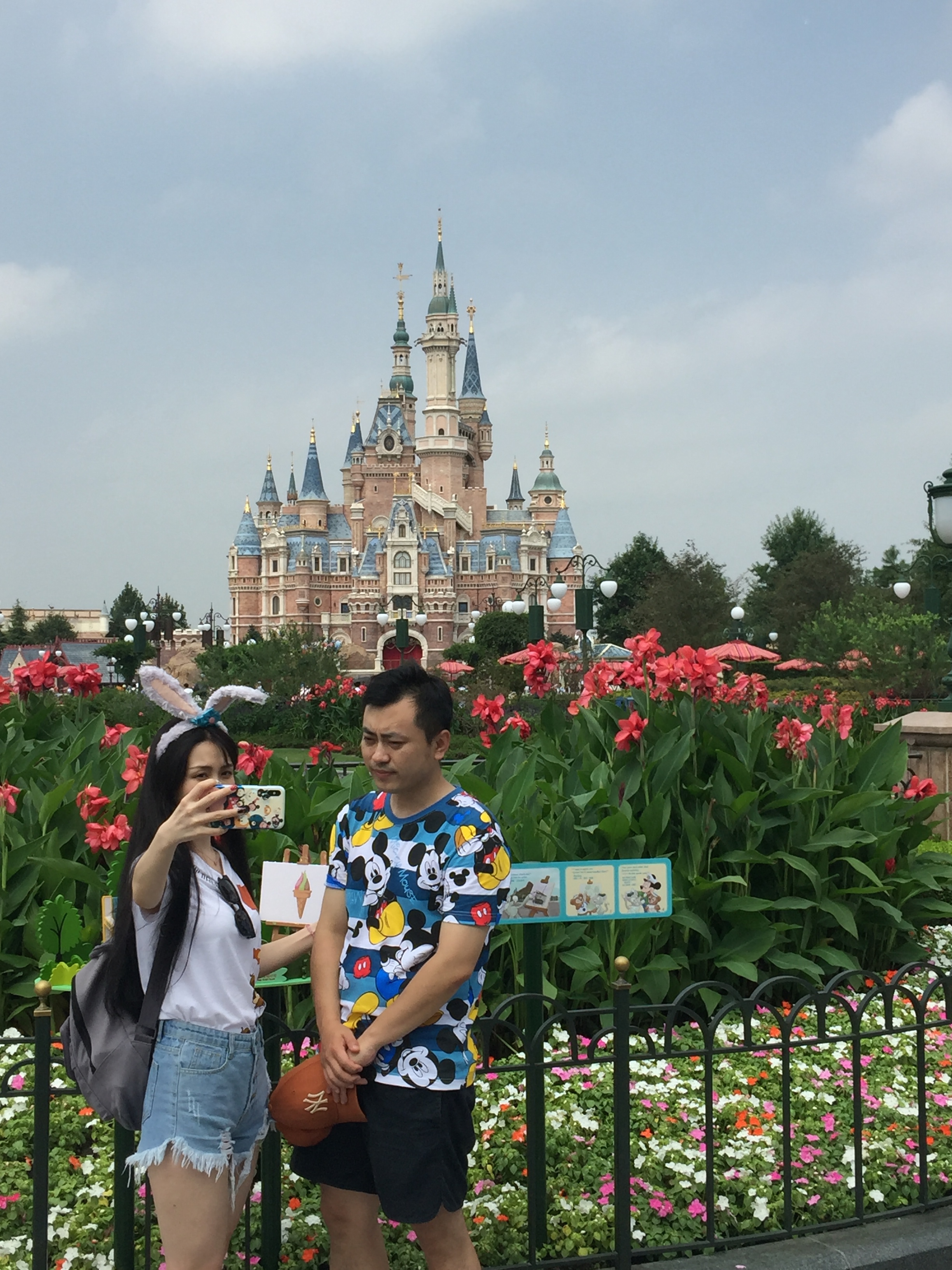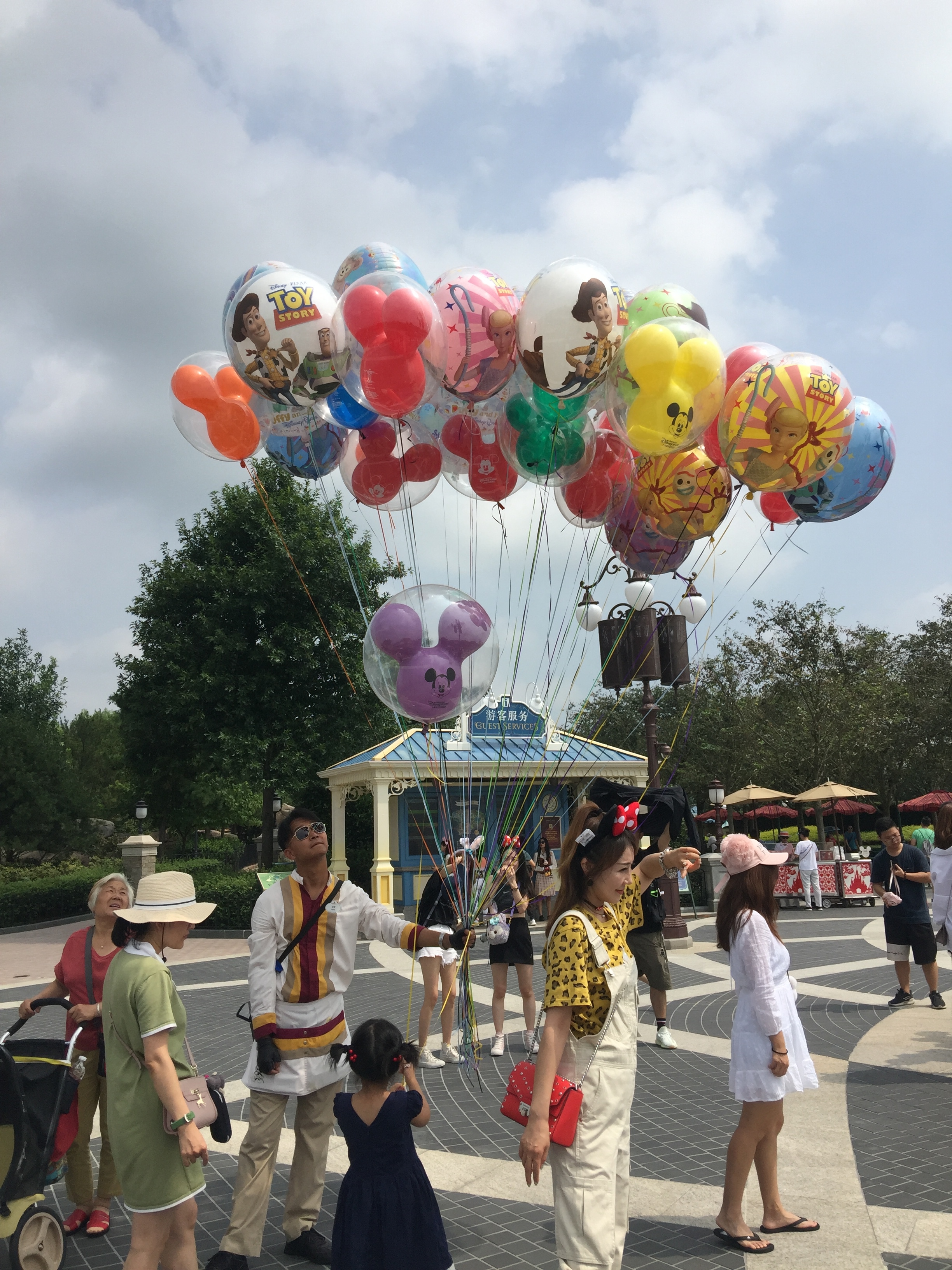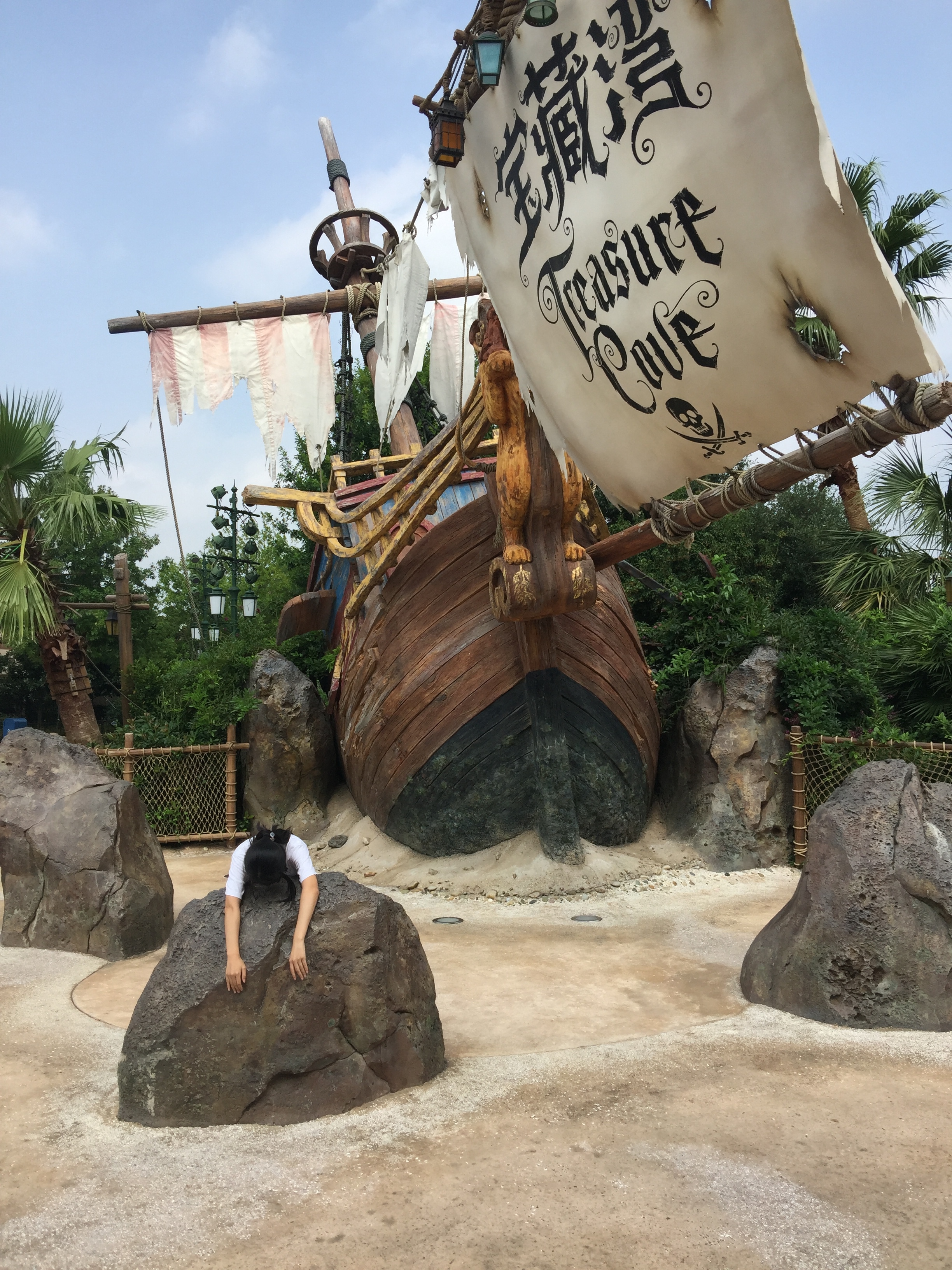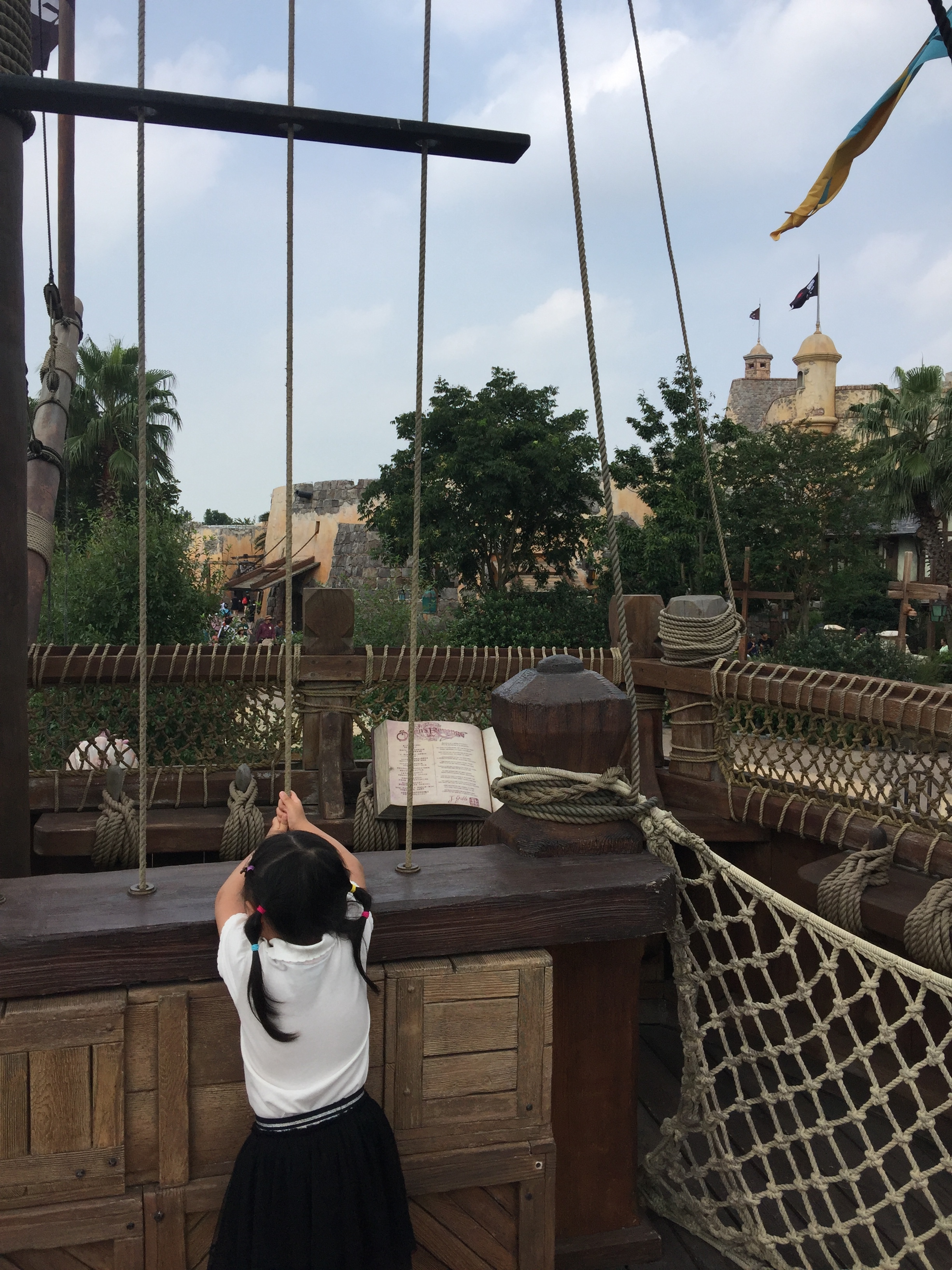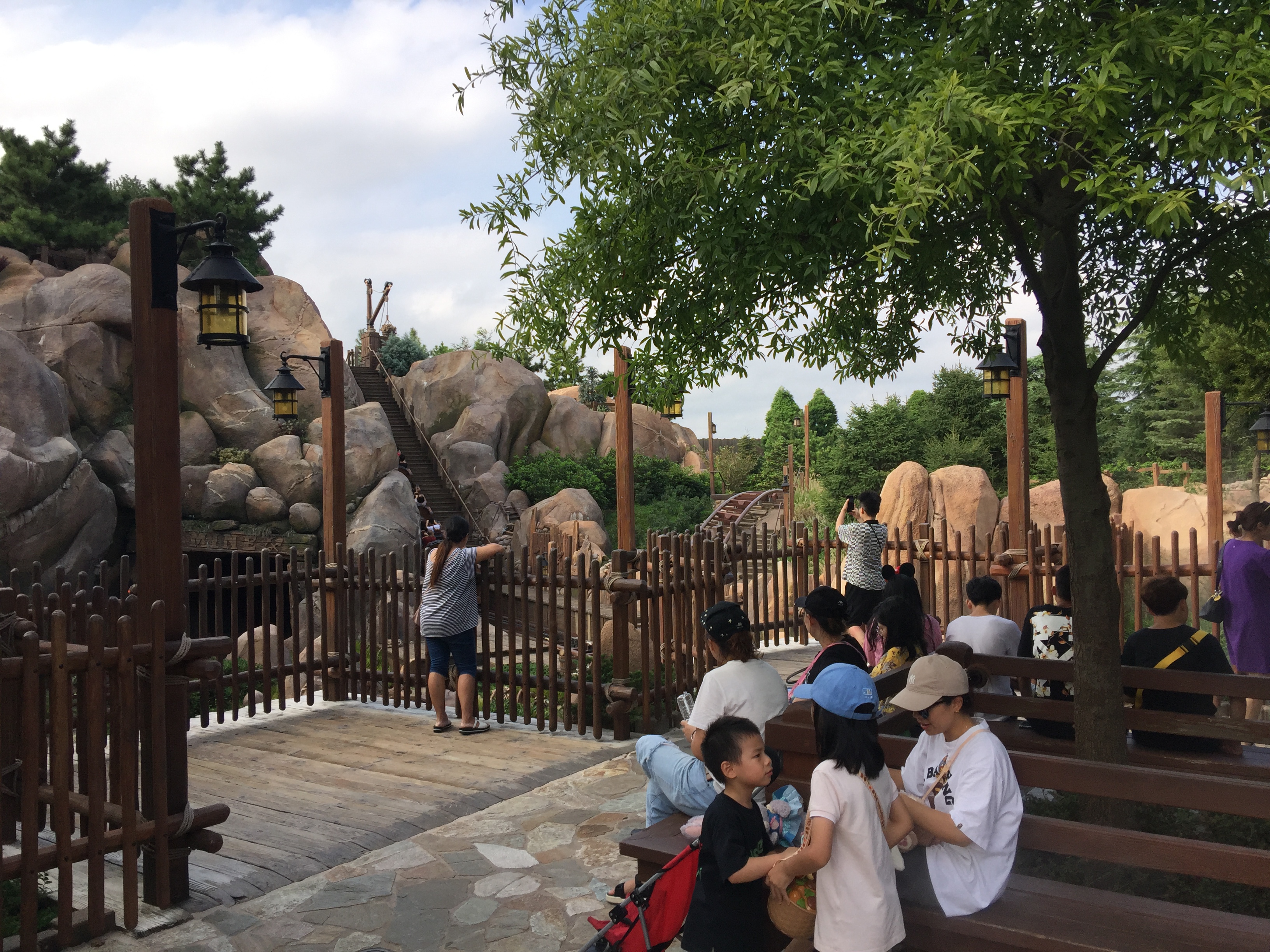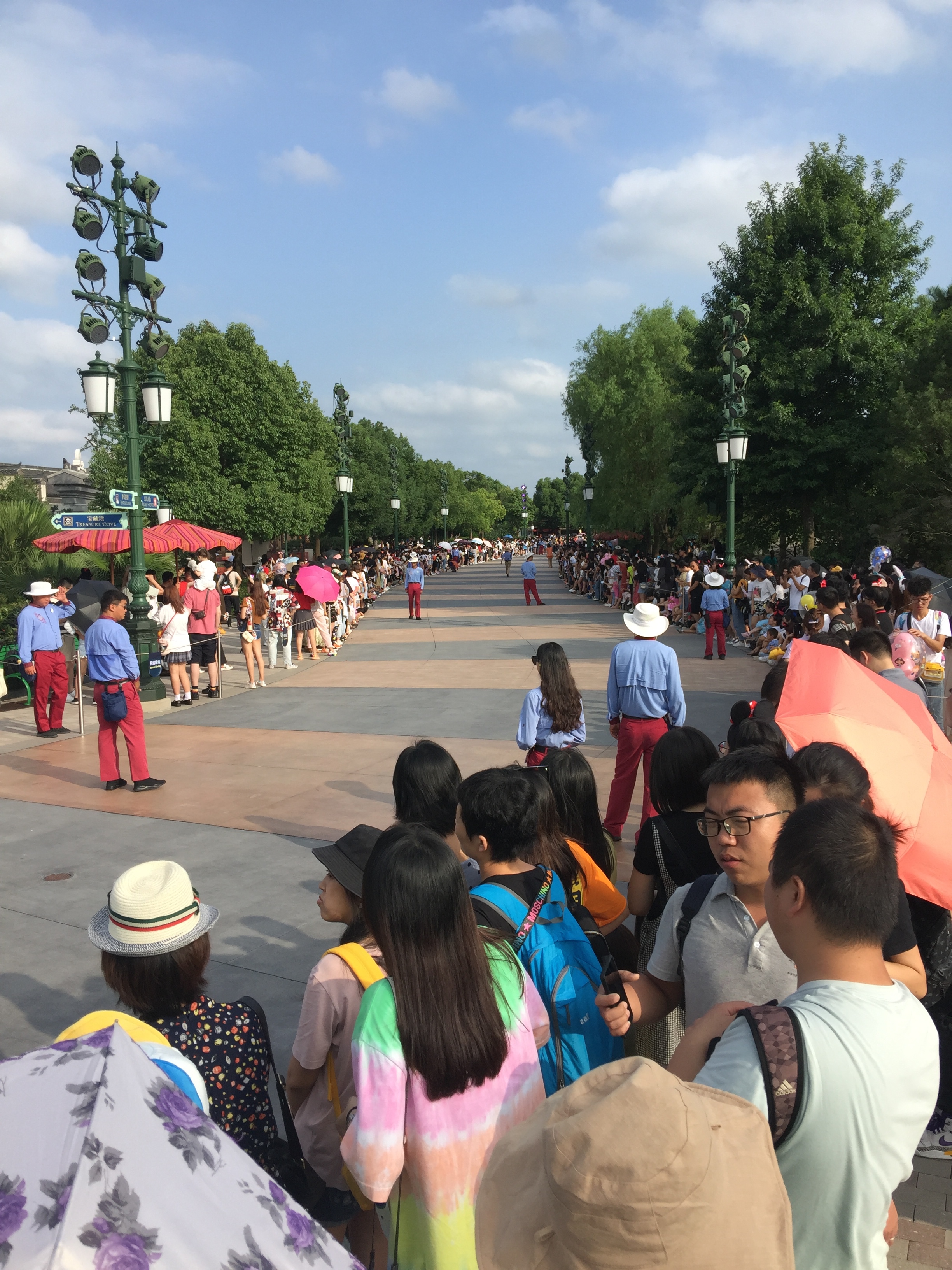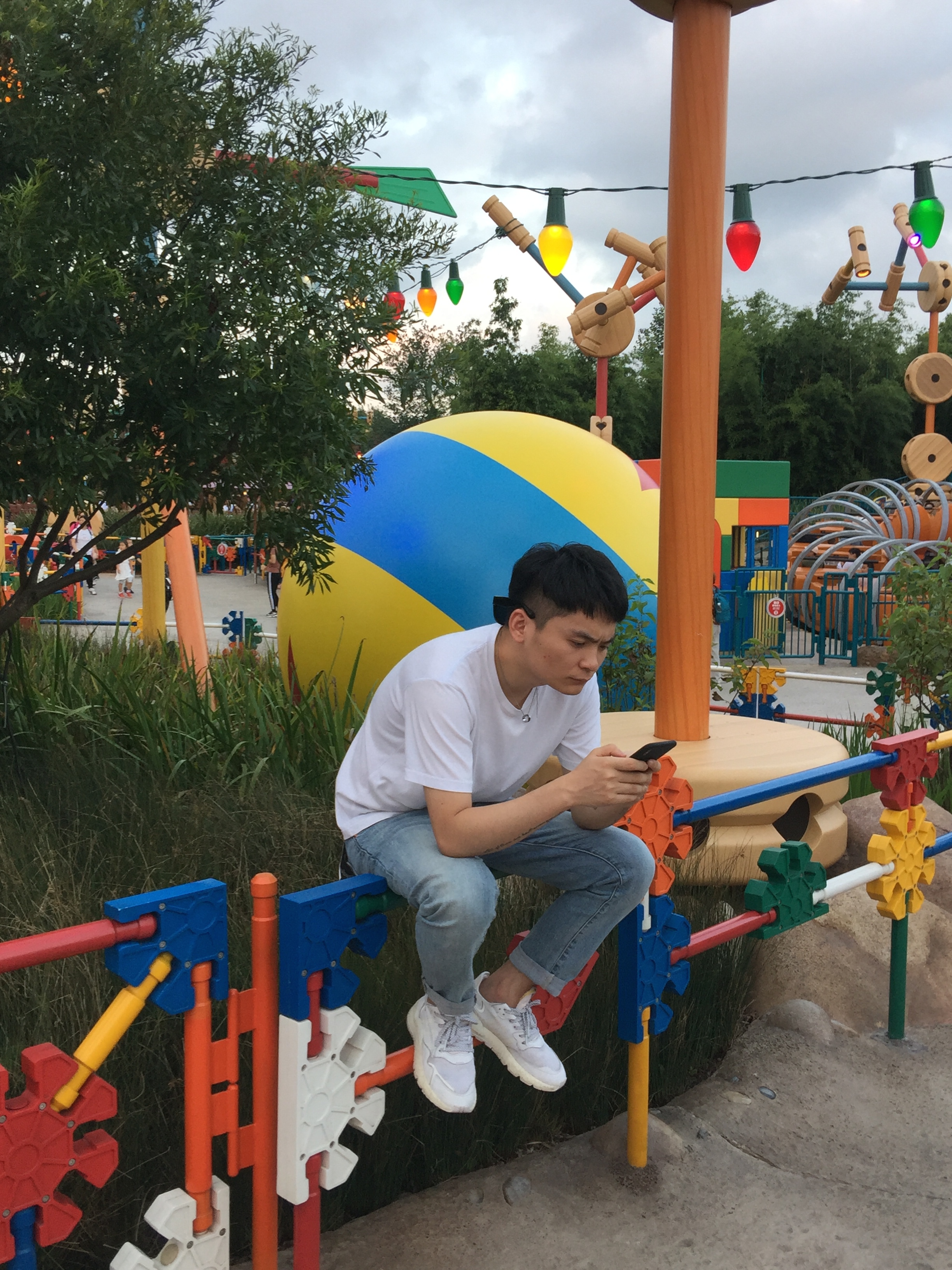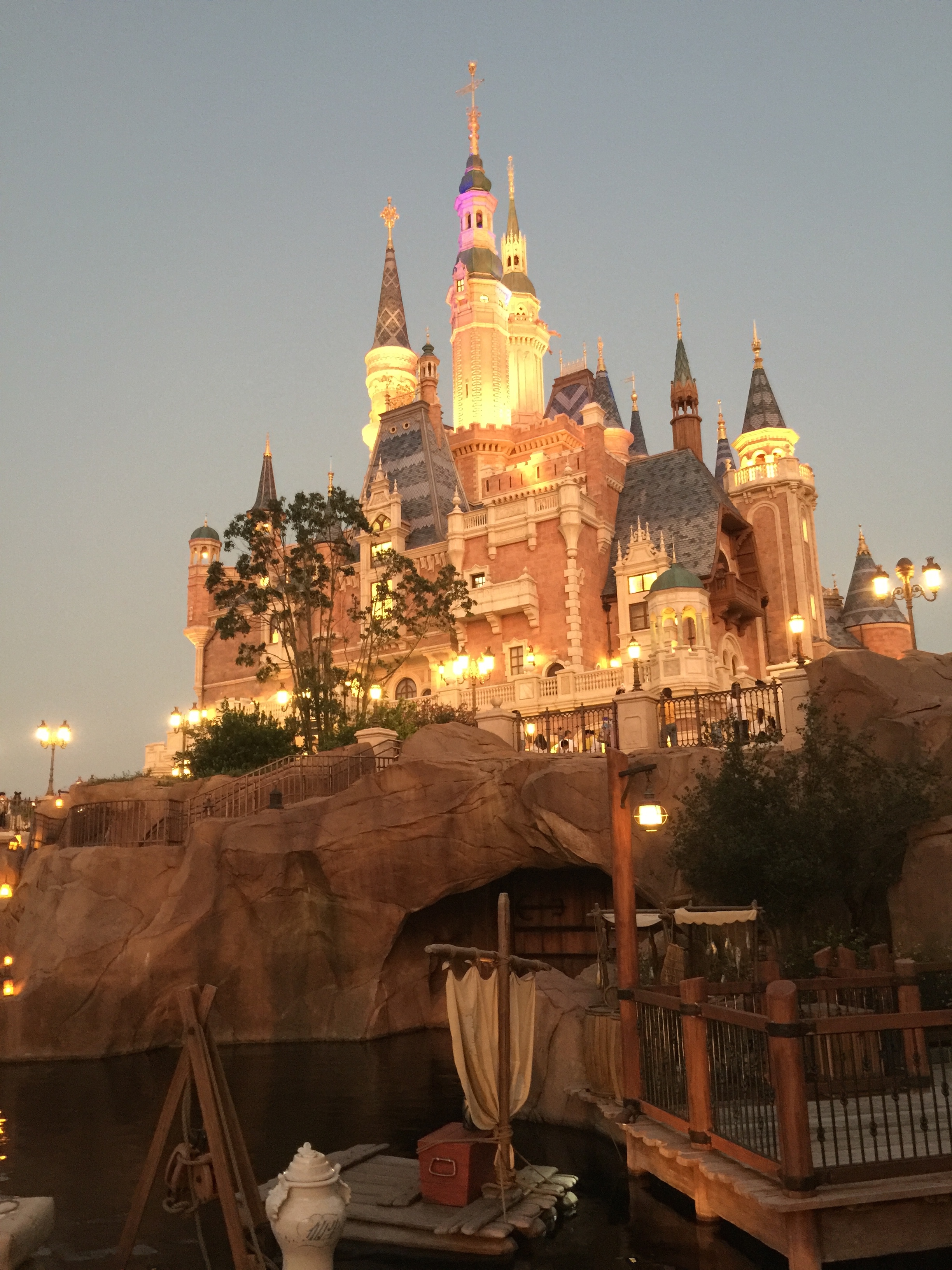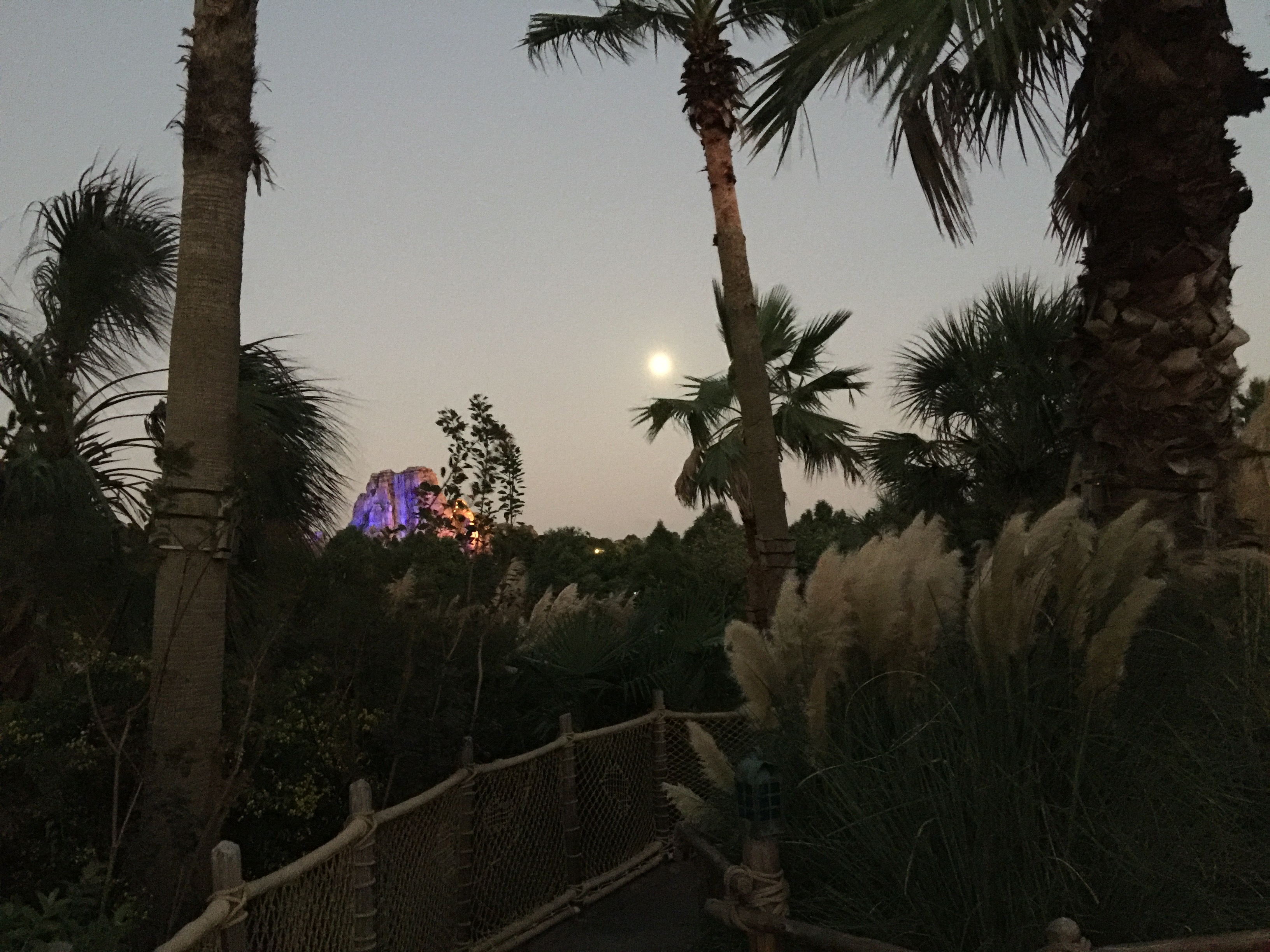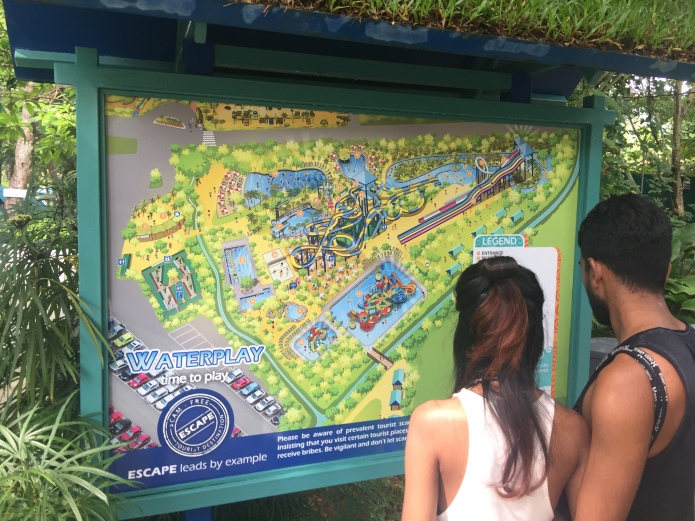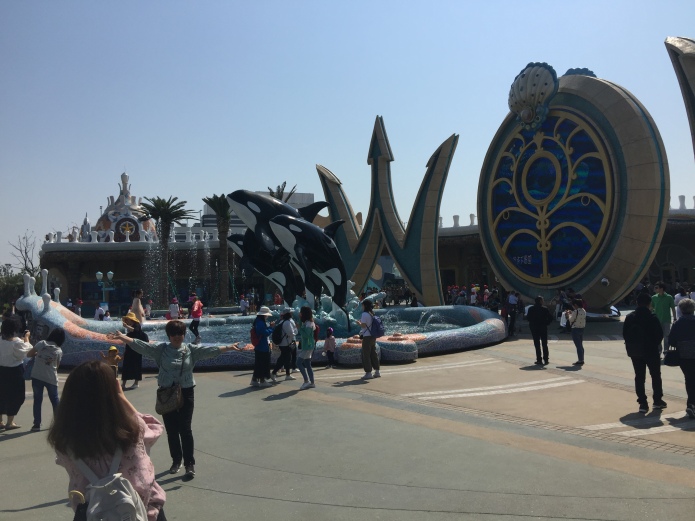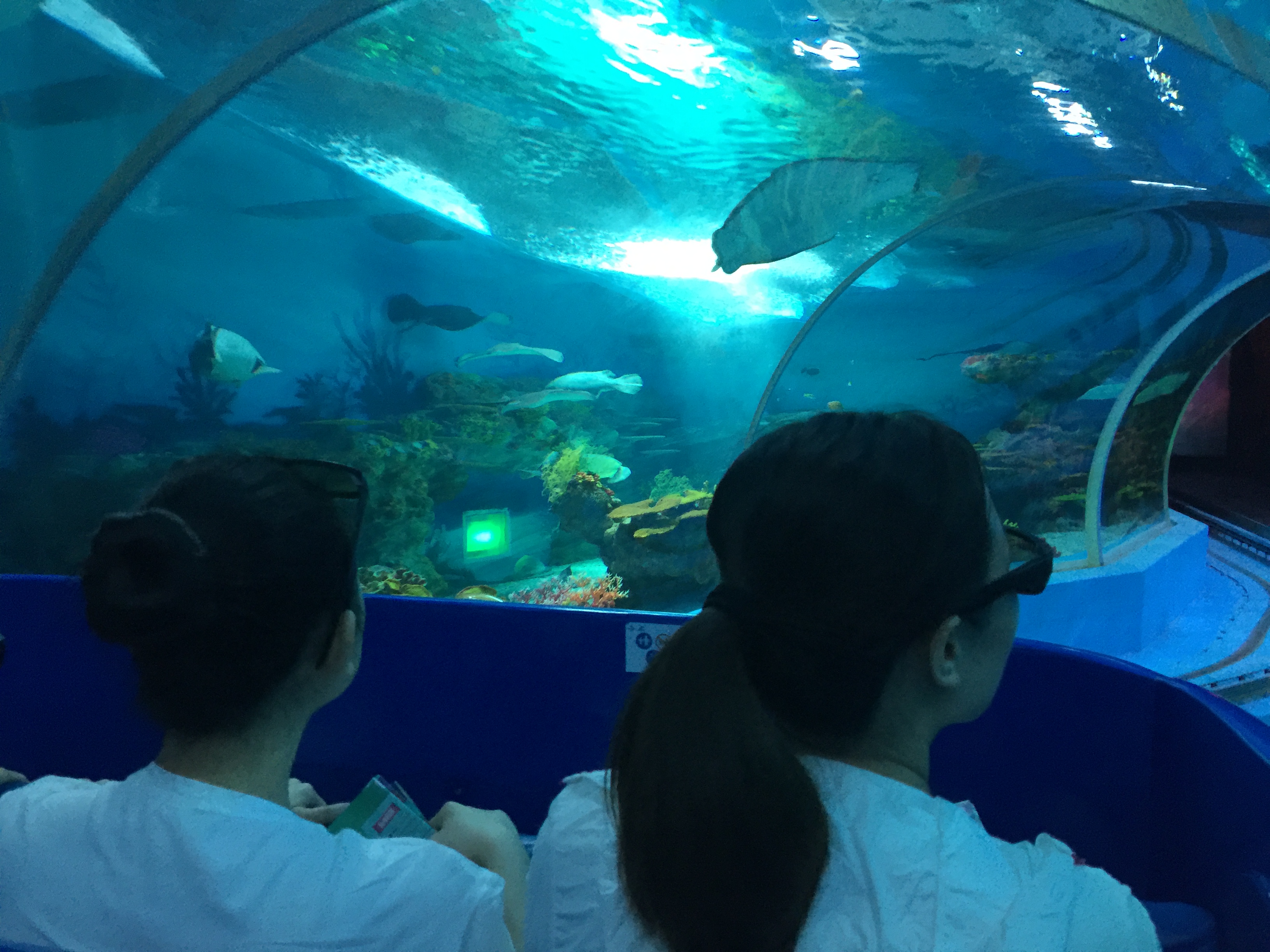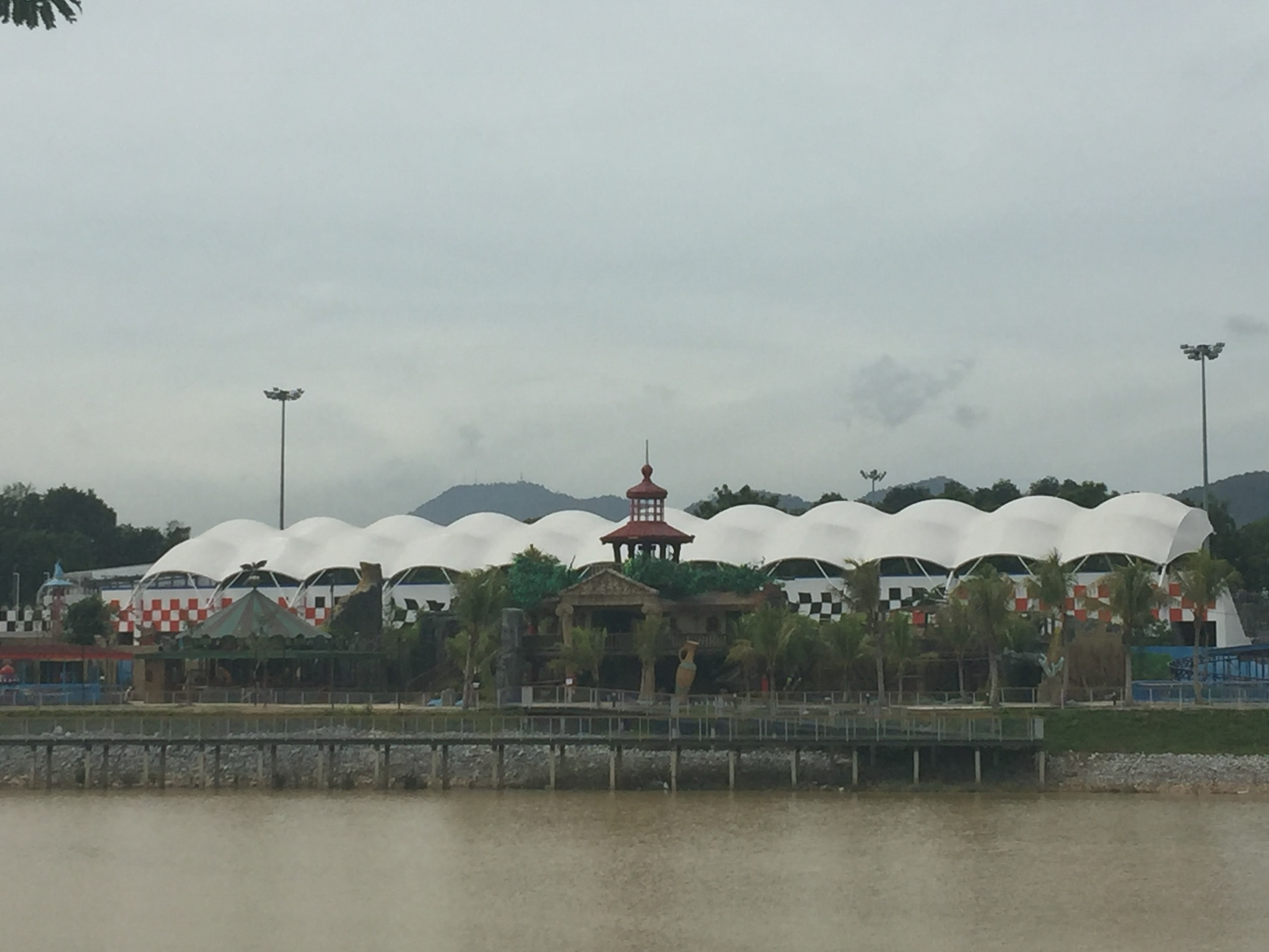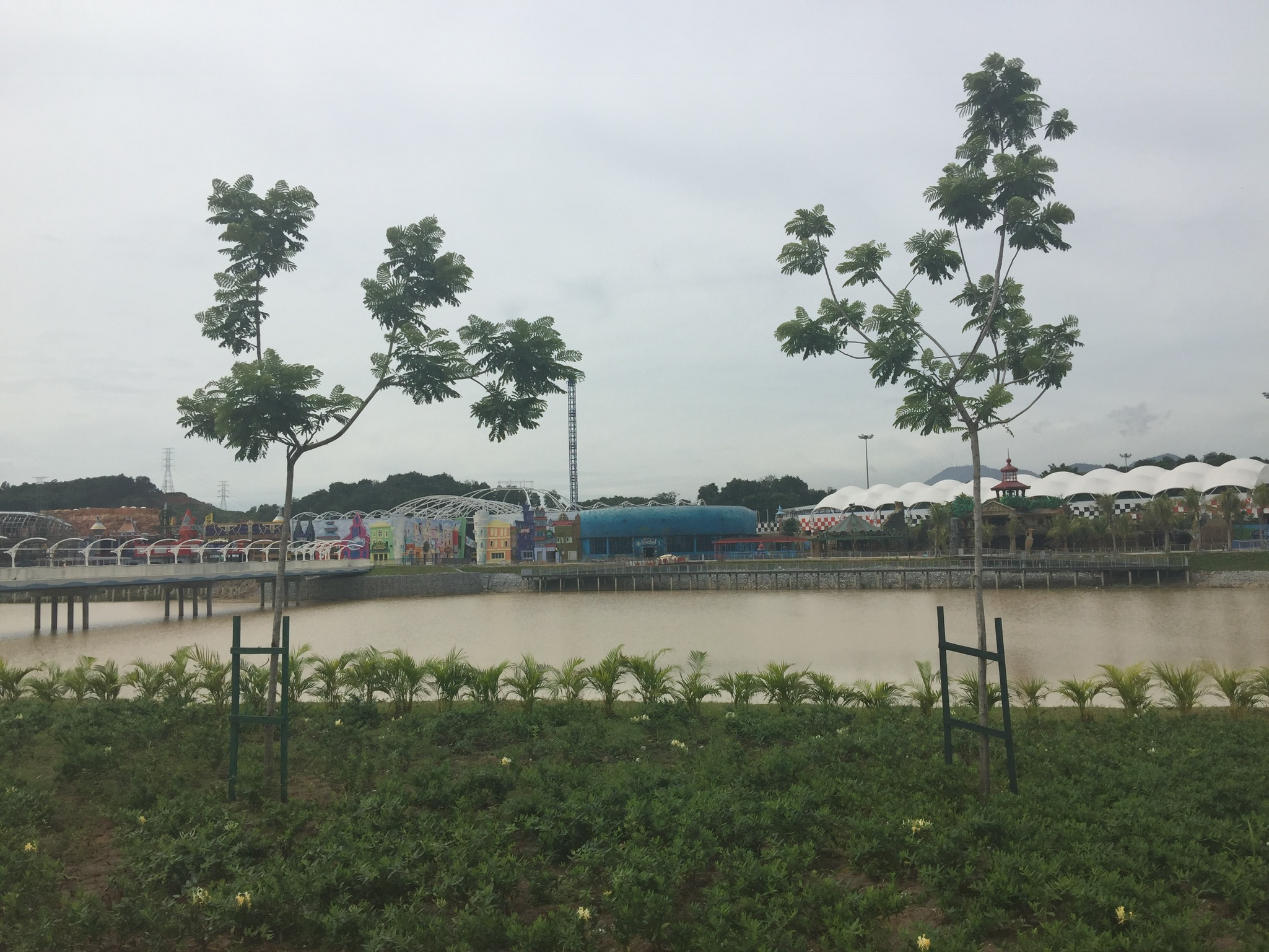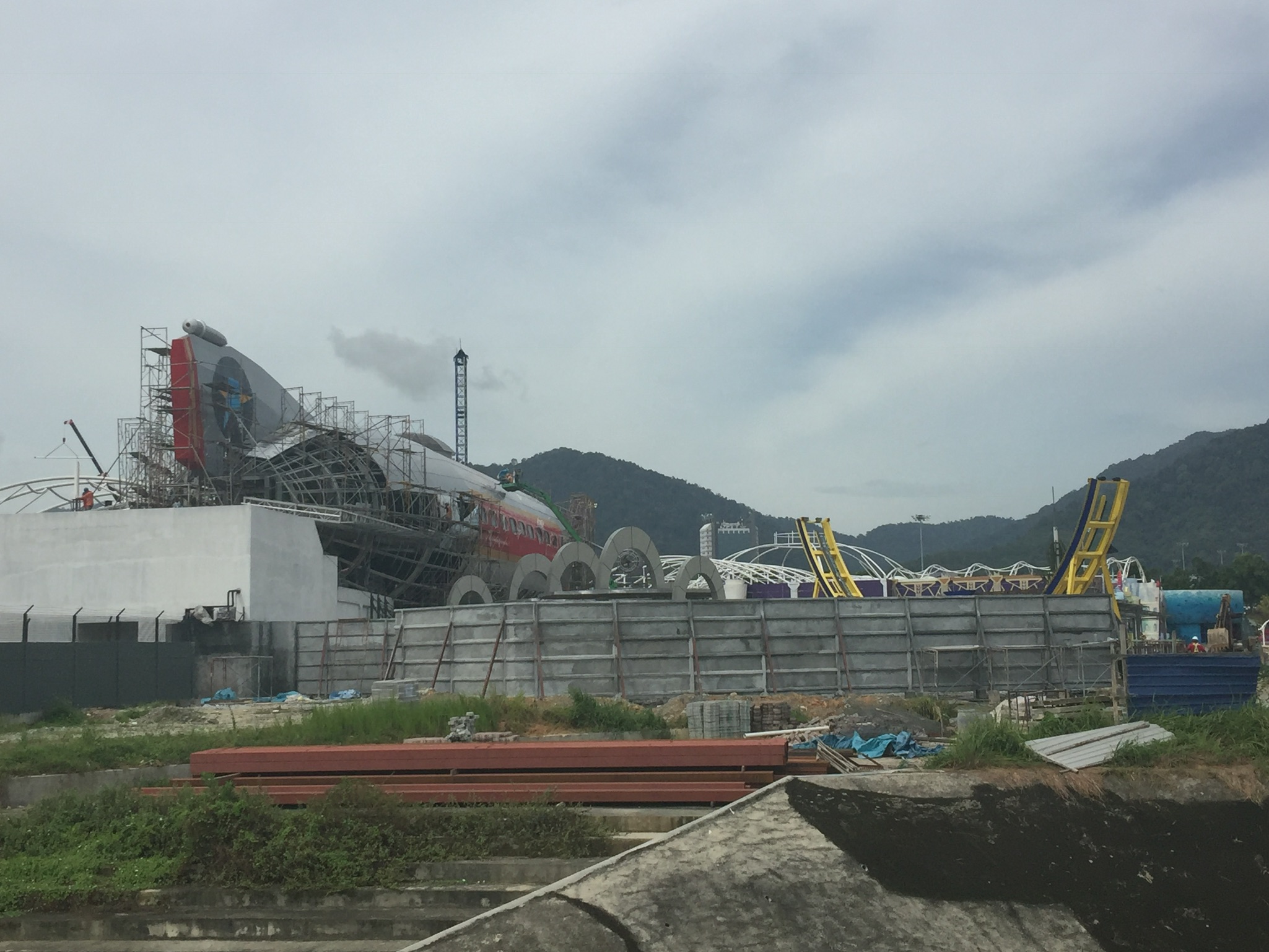As Celebrating Life turns 10 and the visitor attractions industry enters an exciting new decade in Asia, we take a moment to look back at the past ten years with a focus on the big losers and the big winners. Will we learn from these lessons? Let’s try at least…
The losers
The Wanda farce in China
No summary of the last decade would be complete without mentioning the impressive rise and fall of Wanda in China. Famous for having said “One tiger is no match for a pack of wolves. Shanghai has one Disney, while Wanda, across the nation, will open 15 to 20”, Wanda’s chairman was forced to sell its loss-making theme park division in the midst of financial difficulties less than 2 years later.
But the real loser here is China at large, where authorities were lured – by Wanda and other large developers well connected in Beijing – into relaxing regulations put in place in 2011 to restrict granting permits to property developers to build theme parks in exchange for residential land. This lead to a new wave of theme parks defying feasibility studies including the infamous Wuhan Wanda Movie Park, which was forced to close only 19 months after opening. Chinese authorities have gone full circle and are now tightening regulations again.
The ride of IP’s
It’s been quite a ride for IP’s in Asia. Pushed by declining revenues from broadcasting/publishing, a big wave of international IP’s came to Asia looking for licensing fees from the growing Location Based Entertainment (LBE) market. Developers showed a big interest as it often times helped them get permits or financing. So it translated into a myriad of announcements.
But as we get into the 2020’s things are looking grim for IP’s facing disputes (Fox vs. Genting, Dreamworks vs. MAPS) and underperforming venues (Hello Kitty Town in Malaysia, Marvel Experience in Bangkok) resulting in shut downs. IP’s realized long term LBE licensing is not easy in Asia because of restless populations always looking for the “next big thing” and difficulties in updating IP-based content. This resulted in venues – no matter how good they were – loosing footfall after 1-2 years, e.g. DreamPlay in Manila, Nickelodeon zone in Sunway Lagoon, Malaysia and Angry Bird activity park in Johor, Malaysia.
In the future, we see IP’s focusing on shorter term deals (exhibitions, live shows, etc) and more integrated in their 360o strategies, including digital. It might not mean the same licensing fees but possibly a better outcome for the brands.
The Orlando of Asia didn’t quite happen
We had predicted it in Malaysia in Sept 2015 but it did not happen. DreamWorks and Fox pulled out, Ubisoft, Six Flags and Sea World were planned but never got built.
However the last decade has seen the emergence of two fascinating multi-park destinations in the most unexpected locations. Jatim Parks in East Java, Indonesia and Ocean Kingdom in Hengqin Island, China (next to Macau) are great examples of mini Orlando built by determined entrepreneurs working closely with progressive and very supportive local governments.
The winners
China became a happier place
Halfway through the decade, the big day the whole industry had been waiting for in Asia was the opening of Shanghai Disneyland Resort, which took things to a whole new level in China. Possibly the best Disney park in the world and certainly the biggest, Shanghai Disneyland achieves a near perfect multi-sensory immersion in the happy world of Disney, something China had never seen before.
Wet times
There is no doubt the big winners of the last 10 years are water parks. The intense activity was driven by a number of trends we discussed in Apr 2016. With year-round warm weather, growing middle class and strong tourism, South East Asia is prone for water park development. The region saw great new facilities such as Adventure Waterpark in Desaru, Malaysia, Aquatopia in Phu Quoc, Vietnam, CN Amazone and Ramayana in Pattaya, Thailand, Vana Nava in Hua Hin, Thailand, Aquaventure @ Atlantis and Wet’N’Wild in Hainan Island, China and ESCAPE water park in Penang, Malaysia featuring the world’s longest slide.
New kids on the block
A few countries that were nowhere near ready for sizeable parks ten years ago are now leading the region’s development.
Driven by growing tourism and the efforts of both Sun Group and Vingroup to establish new destinations, Vietnam is at the forefront of a new model of large world-class integrated resorts built around a cable car – Why a cable car? Still a mystery to me! – These include Bana Hills near Danang, Aquatopia and Vinpearl Land in Phu Quoc and Sun World in Halong.
The Philippines surprised more than one with the opening of a few quality LBE venues such as KidZania in Manila, JPark Island Resort in Cebu, Aqua Planet in Clark, Anjo World in Visayas. And this is probably only the beginning as the country sees healthy tourism growth from North Asia (China, Korea, Japan) and an insatiable appetite for entertainment from a domestic population driven by strong family values.
In Indonesia, CT Corp opened 3 large world-class indoor theme parks in Bandung, Jakarta and Bali as well as a series of FEC’s in its malls under the Trans Studio brand.
Museum boom
Asia is now on the museum map with great new additions by big name architects. Singapore opened the National Gallery designed by studioMilou, Seoul the MMCA, Hong Kong renovated its Museum of Art and will soon open M+ designed by Herzog & de Meuron, Manila added the great Mind Museum and Jakarta now has a cool museum favored by millenials, MACAN.
But the biggest boom has been in China, where Beijing’s goal was to build one museum for every 250,000 people by 2020, resulting in an average of one museum opening every day. Today, a vast majority of these museums is empty because of a lack of curating skills, programming and funding. The big challenge for the next decade will be to build the management expertise, quality content and the audience for these museums.
More winners
Here we list some of the brands and concepts, which have been going strong in Asia in the last 10 years and which will most likely keep going in the future because of solid foundations: strong visitor appeal, good operators, healthy business models.
- Active entertainment: Super Park (Singapore, Hong Kong, Kuala Lumpur), Houbii (Jakarta), Beast Park (Kuala Lumpur), NERF ActionXperience (Singapore), Ryze (Hong Kong), Bounce (Singapore, Hong Kong, Vietnam x 2, Thailand x 3)
- Aquarium: S.E.A. Singapore, Jakarta Aquarium, Aquaria Phuket, Hanwha Aqua Planet Jeju, Lotte World Aquarium, SEA LIFE Shenyang, Shanghai Haichang Ocean Park, Ocean Kingdom Hengqin Island
- KidZania: Kuala Lumpur, Singapore, Manila, Delhi, Mumbai, Bangkok
What’s in store for the next 10 years?
This is everyone’s guess, but here is mine.
- New casino licenses will make way to a new generation of integrated resorts featuring sizeable visitor attractions in Japan, Philippines, Vietnam, Cambodia, and possibly Singapore. In Macau, Studio City is already working on the island’s first water park.
- The next 10 years will see our industry explore new frontiers in countries such as Indonesia, Cambodia, Myanmar and Sri Lanka.
- The Disney vs. Universal war will arrive in China with the opening of Universal Beijing Resort. Could this mean a second park for Shanghai Disneyland?
- India remains a question mark. Will Adlabs Imagica manage to lead the industry to higher levels? Are we looking at another China scenario with oversupply and low quality? Or do we have to wait for another 10 years for anything significant to happen?
